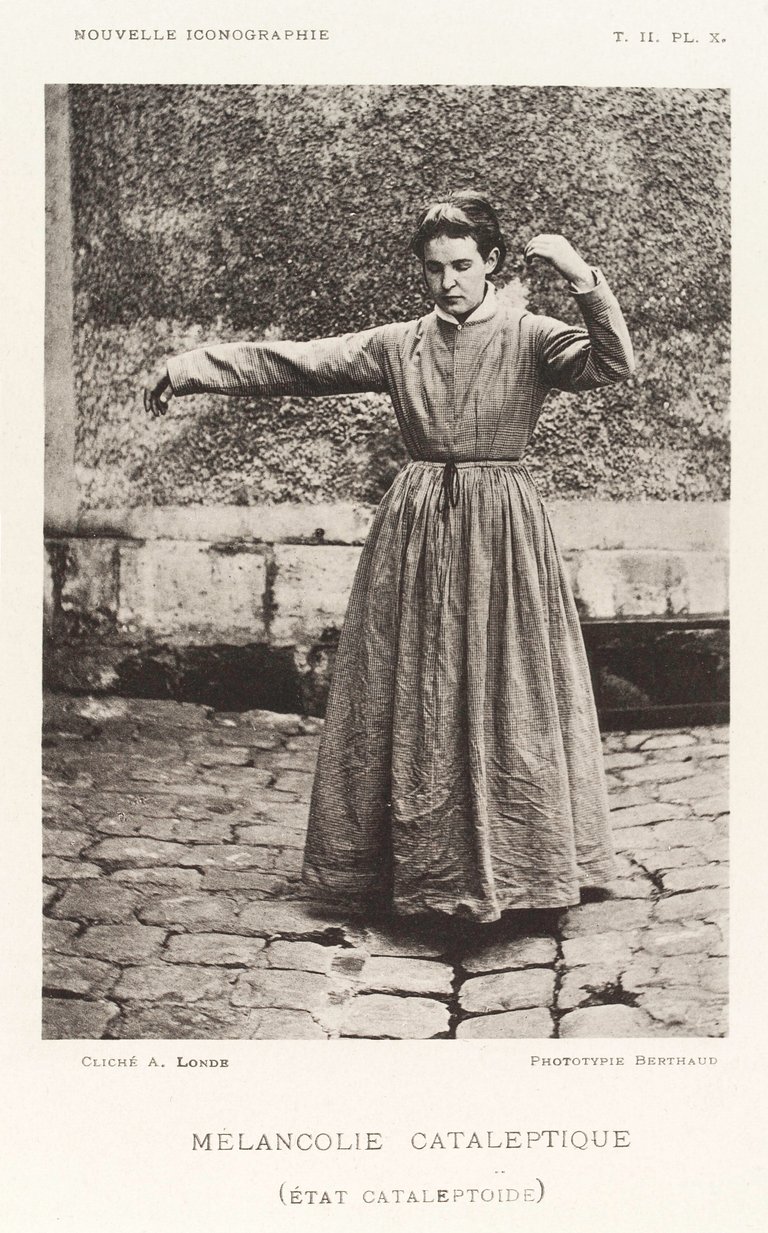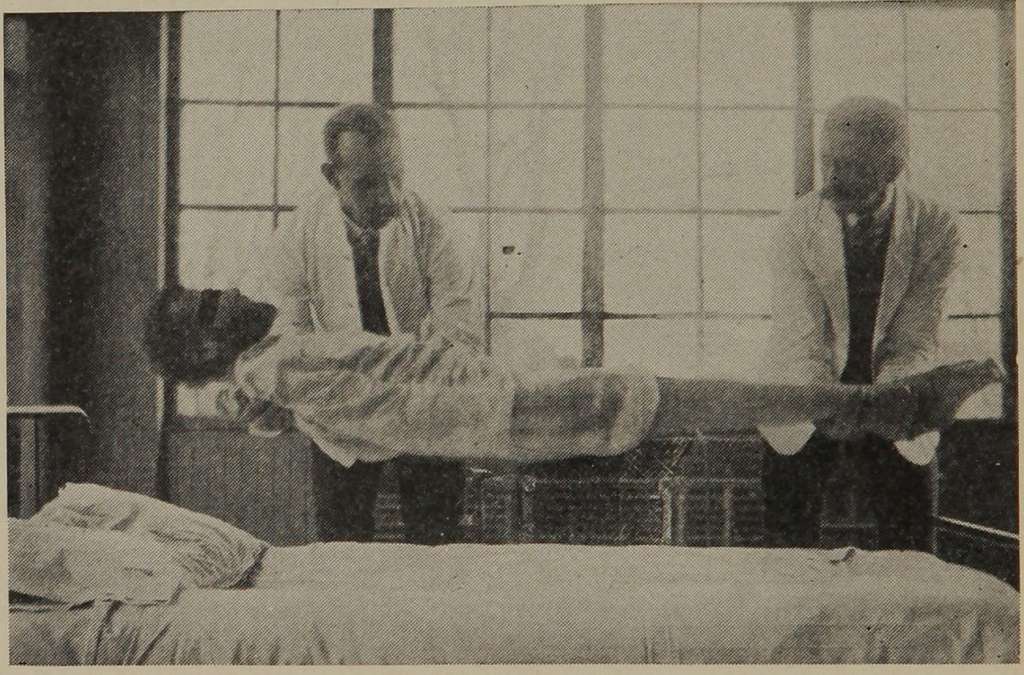30 years before the year 1969, in Beth Abraham Hospital was a patient known as Leonard who hadn't left the hospital in the entire thirty years that he had been there as a result of a mysterious illness that struck people in the early 20th century leaving them frozen like in a catatonic state but were still alive. It looked like they were human statues and people didn't know what to make off their state, if they were alive, aware of what was going on in their environment, or were just hybernated.
But in March of the year, while they were being attended to, the doctor gave them a solution to drink which was nothing unusual since different typs of medicines were being tested on them and after about an hour of taking the drug, he woke up and began to talk. People did not know what could have kept him in such position for years.
This thing started in the year 1916 when people reported to the hospital with malace, lack of energy, tremors, palsies, hyperkinetic movement, and the desire to sleep followed by a cartatonic state. While some people were able to recover althoug still had neurological damage, some people remained at the statue state for a very long time. Dr Costantine Von Economo from the University of Vienna published a journal where he gave the condition a name and he called it "Encephalitis Lethargica (EL)" also known as sleeping sickness.
While the disease kept popping up in different regions and countries, it just stopped becoming a nightmare in 1925 without no really big medication. Doctors began to work on this condition, and Dr Costantine classified the condition into Amyostatic-akinetic, hyperkinetic, and Somnolent-ophthalmoplegic.
With Amyostatic-akinetic people experience rigidity for extended periods, although they are aware of what's happen in our surrounding, hyperkinetic patients presented with manic faces at the beginning as they had involuntary jerking movement of the face, shoulders, and hips. This is then followed by fatigue, restlessness, weakness, and hallucination. The Somnolent-ophthalmoplegic patients would present with confussion, delirium, after which they go into a dazed state. People who recovered from Encephalitis Lethargica (EL) later began to experience mental and physical exhaustion leading to Parkinsonism. Do not mistake this with Parkinson's disease. Back to the story at the beginning. Dr Oliver Sacks became a part of the Beth Abraham Hospital, New York. He had completed his residency of neuropathology in UCLA. In 1967, a treatment for parkinson's disease was created known as Levadopa which helped the body to produce dopamine. In EL and Parkinsonism had things in common, he decided to test the medication on them and it worked. But some of them regressed back into the sleppiness state as they were agressive, and over time, the L-dopa didn't work well as it began to wear-off causing them to return to their Catatonic state. As at today, people who suffered from Encephalitis Lethargica (EL) are long dead, the epidermic has ended, but we are still yet to find out what led to the epidermic at first, or understand its causation. https://www.ninds.nih.gov/health-information/disorders/encephalitis-lethargica
wikimedia
https://academic.oup.com/jnen/article/60/7/663/2916219
https://www.neurologylive.com/view/encephalitis-lethargica-still-unexplained-sleeping-sickness
https://www.encephalitis.info/types-of-encephalitis/other/encephalitis-lethargica/
https://abcnews.go.com/Health/percentage-us-adults-long-covid-falls-6-cdc
https://academic.oup.com/jnen/article/60/7/663/2916219
https://achh.army.mil/history/book-wwi-communicablediseases-chapter15
https://wfneurology.org/activities/news-events/archived-news/2023-10-16-wcn-2
https://academic.oup.com/brain/article/140/8/2246/3970828
https://protomag.com/medical-history/awakening-oliver-sacks/
https://academic.oup.com/brain/article/140/8/2246/3970828
https://bmcinfectdis.biomedcentral.com/articles/10.1186/1471-2334-12-136
https://www.psychologytoday.com/us/blog/balanced/202205/encephalitis-lethargica-and-long-covid
https://wfneurology.org/activities/news-events/archived-news/2023-10-16-wcn-2


